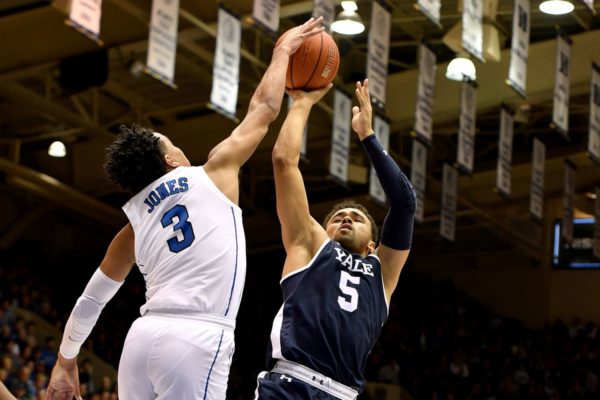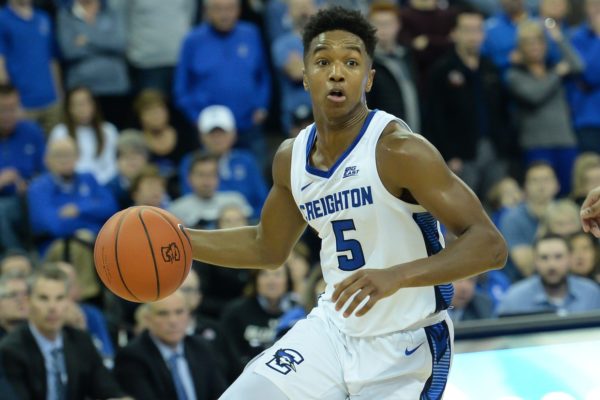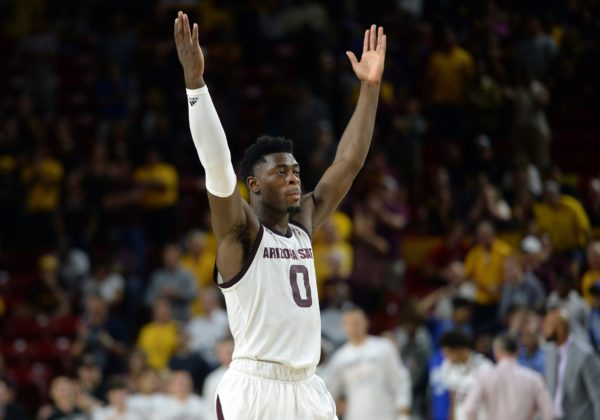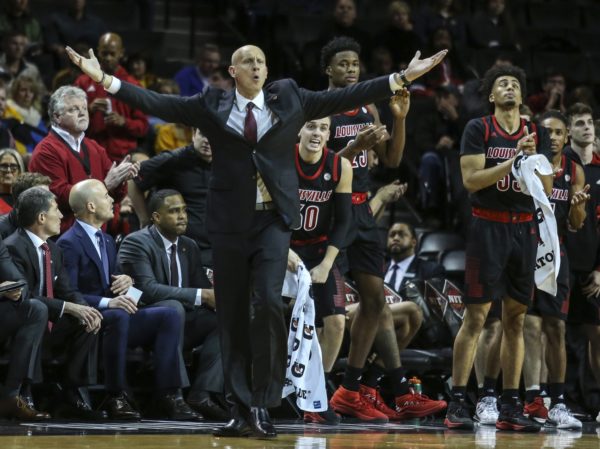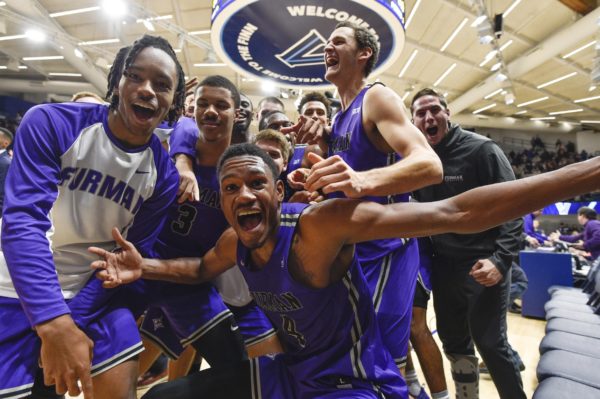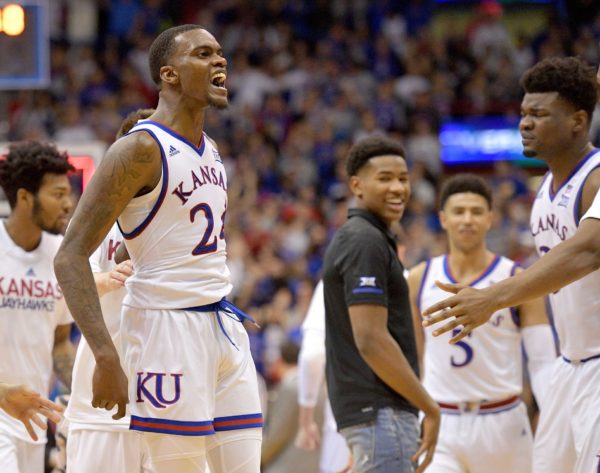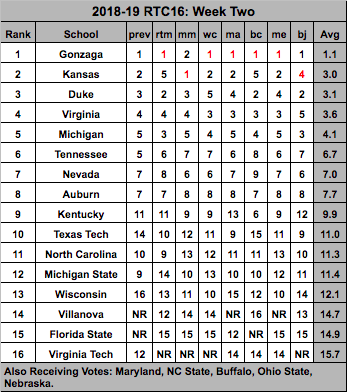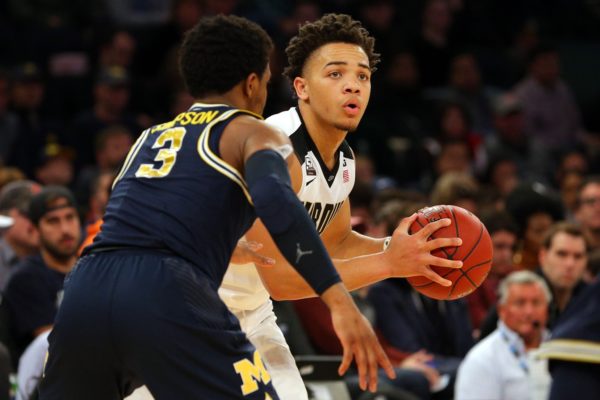Finals Week Cram Session: What does each ACC Team need to improve?
Posted by Matt Auerbach on December 13th, 2018In the spirit of Finals Week and the pause it creates in the flow of the non-conference slate, we thought now would be a good time for our own early-year evaluation. With only a few weeks of practice and a handful of tune-ups remaining before conference play, we took a quick look at what each ACC squad could stand to improve upon.
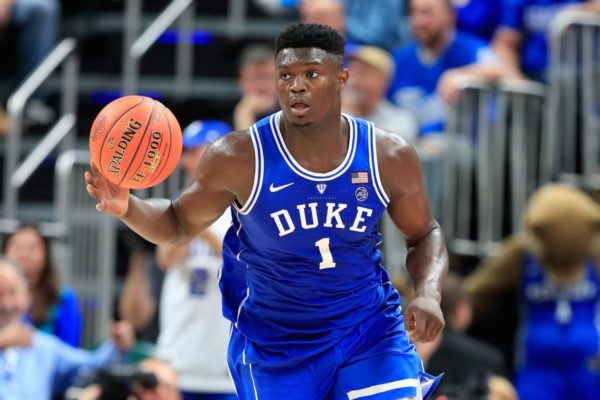
Wake Forest: A 5-3 record, lowlighted by a home loss to Houston Baptist, has the Demon Deacons staring down the barrel of another lost season. Given the likelihood that freshman phenom Jaylen Hoard will spend just another few months in Winston-Salem, developing returning young talent should be paramount. Sophomore Oliver Sarr, who rates 34th nationally in offensive rebounding percentage, needs more minutes. And given Wake’s putrid percentage on two-point field goals (48.1%, 239th nationally), Sarr’s prowess on the offensive glass will be of assistance in the near-term.
Pittsburgh: A home loss to Niagara notwithstanding, the Panthers have been feisty under first year coach Jeff Capel. Continuing to feature the freshman backcourt duo of Xavier Johnson and Trey McGowens, the team’s first and third-leading scorers, respectively, should pay future dividends even if the pair take their lumps as rookies.
Boston College: The Eagles are a late-game collapse against Providence from standing at 7-1. Junior Ky Bowman has been as good as anticipated, but freshman backcourt mate Wynston Tabbs has been a revelation. Featuring a star like Bowman without stunting the growth of the talented Tabbs is a line that Jim Christian will have to balance throughout league play.
Georgia Tech: The Yellow Jackets rank 215th nationally in effective field goal percentage, which is somehow an improvement from a year ago. Once again Josh Pastner’s charges are locking down defensively (11th nationally) but simply cannot put the ball in the hoop. Since they can’t make twos (159th) or threes (250th), here’s a suggestion. For a team that rates 250th nationally in three-point attempt share, what could it hurt to throw caution to the wind and start hoisting a few more from beyond the arc?
Notre Dame: The Fighting Irish uncharacteristically rank 258th (31.2%) in three-point percentage in struggling to a 6-3 start. For Mike Brey’s team to snap out of its funk, they need more from sophomore D.J. Harvey. After three straight double-figure scoring outings, Irish fans are hoping that the light is finally starting to go on for the highly-acclaimed wing who has mostly struggled in his time in South Bend.
Miami: The Hurricanes are currently enduring a curious four-game skid, the last two of which came to a pair of Ivy League foes. With this hole they have dug, Jim Larranaga’s club probably needs to sweep the remainder of its non-conference schedule in addition to notching at least 10 ACC wins to make the NCAA Tournament for the fourth consecutive year. To do that, they need a more efficient Chris Lykes, whose offensive rating has plummeted below 100.0 in each of the four losses.
Clemson: The Tigers have lost to the three best teams on its schedule thus far, including a neutral court defeat to Mississippi State last Saturday. Leading scorer Marcquise Reed missed that affair with a sprained knee, and for Brad Brownell’s club to return to the NCAA Tournament, they need him back in action pronto. The graduation of Gabe DeVoe, who made a team-high 86 three-pointers a year ago, has also shrunk the floor, but Clemson needs to find a way to vastly improve on its chilly 30.9 percent three-point shooting (266th nationally).
Louisville: Not much was expected in year one under Chris Mack, but the Cardinals have proven to be a cohesive, hard-playing bunch. Featuring burgeoning star Jordan Nwora while the rest of the roster excels in their specific roles is the recipe for Mack’s squad to maintain its chemistry and to further exceed preseason expectations.
NC State: Perhaps the biggest positive surprise the league has to offer this season, the Wolfpack’s remarkable offensive start has gone unnoticed nationally. Ranking 15th in offensive efficiency, Kevin Keatts has a deep, talented, unselfish roster, playing his brand of uptempo basketball. The team has great balance — with 10 players averaging at least 4.6 PPG — but if anything could be nitpicked, it is the frigid shooting of sophomore Braxton Beverly. The shooting guard is connecting on only 28.6 percent of his shots — a fact that has been masked by hot shooting among the rest of the roster — but Beverly will need to be reliable when others cool off.
Syracuse: Once again, the Orange just cannot shoot the basketball, and it is difficult to envision them improving much on this key metric. Freshman Buddy Boeheim is an easy target because of his last name, but he is one of the few players with the ability to create space for Oshae Brissett. The coach’s son must improve on his 6-of-29 start from three-point range, however, and, while we’re at it, Marek Dolezaj, should under no circumstances be averaging just three points and two rebounds per game.
Florida State: The Seminoles have been consistent on both ends of the floor in winning eight of its first nine games, with the lone loss coming to defending national champion Villanova. Imagine how much better the 27th most efficient offense in the nation would be if it wasn’t turning it over on an alarmingly high 22.4 percent of its possessions (321st nationally).
Virginia Tech: The Hokies can really shoot the ball, sporting the sixth most efficient offense nationally, on the back of the second-highest effective field goal percentage (61.0%). The backcourt of Justin Robinson and Nickeil Alexander-Walker can stake a claim to being the best in the country, as the two are combining for nearly 33 points and more than 10 assists per game. The Hokies as currently constructed, however, are not a team that can bail themselves out by getting easy points from the free throw line, as they rank 318th nationally in free-throw share. Buzz Williams‘ personnel are designed to get to the rim and create contact — it may just take a few cold shooting nights to provide the impetus to do so.
North Carolina: Here’s a scary proposition for the rest of the ACC: The Tar Heels rank fourth nationally in offensive efficiency and their two most ballyhooed players haven’t played very well this season. Preseason All-American Luke Maye is averaging just 13.7 points per game on 31 percent shooting from deep, while projected lottery pick Nassir Little is averaging fewer than 20 minutes per game. If Maye gets it rolling and Little’s immense talent starts to bloom, this team could be unstoppable on the offensive end of the floor.
Virginia: The Cavaliers are 9-0 to date and have barely had to break a sweat in achieving that perfect record. Ranking 12th nationally on offense and fourth on defense, Tony Bennett’s club is going about its business in its typically efficient, workmanlike manner. However, defensive menace and offensive conductor extraordinaire Kihei Clarke broke his wrist on Sunday, and although no timetable has been set for his return, missing significant time would be a blow to Virginia’s aspirations in capturing back-to-back ACC championships.
Duke: Coming out of the gates like it did against Kentucky in the Champions Classic almost worked against the Blue Devils in that we are unlikely to see them play at that level of dominance again. That certainly doesn’t mean Duke cannot achieve everything it wants — it’s just that its initial effort was so flawlessly sublime. Regardless of what happens in the next few months, Zion Williamson, RJ Barrett and friends will be the favorite to win the national title in March. When situations get tight, though, sometimes games are won and lost on the free-throw line. At 65 percent to date, the Blue Devils need to be better from the charity stripe. But, other than that, they’re awfully good.





























